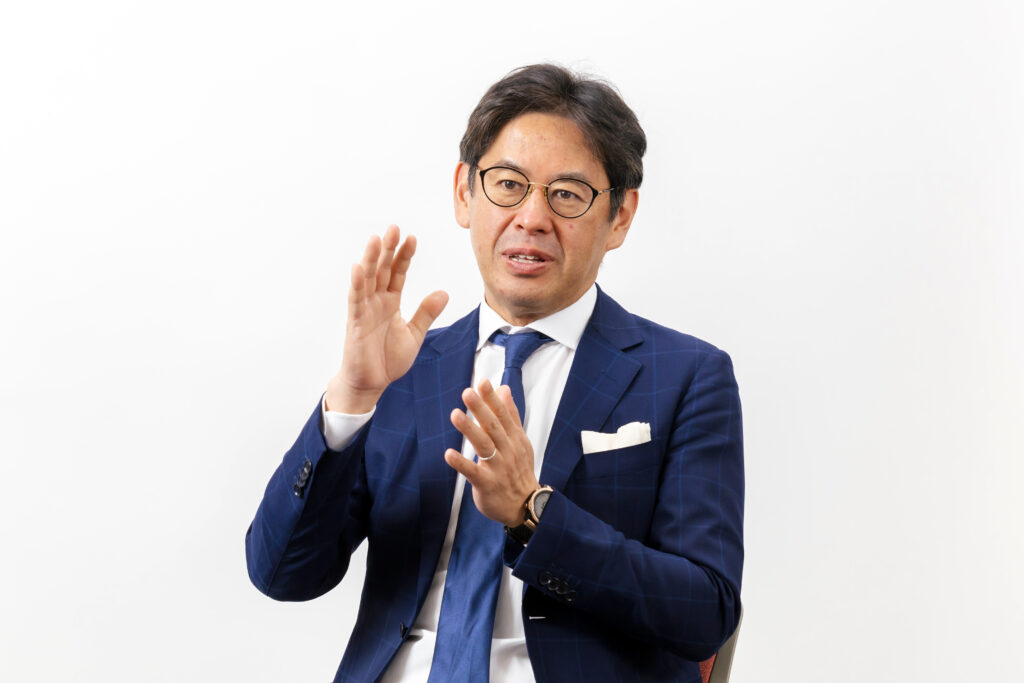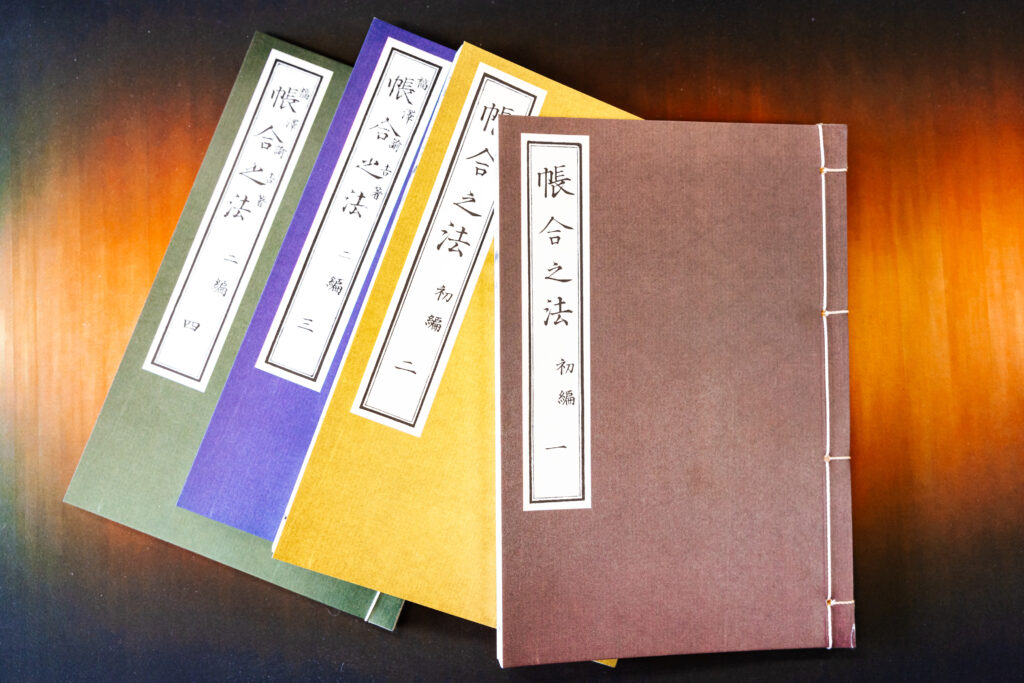
Professor Shigeru Nishizawa from the Faculty of Economics uses an accounting approach to conduct research on corporate value that cannot be seen from financial statements alone. He talks about fair transactions on securities markets—a proposition from 300 years ago—and the necessary accounting information.
Approximately 300 years ago, the gifted English scientist Isaac Newton lost what would be millions of dollars in today’s money due to a sudden drop in the prices of shares that he had purchased. He said, “I can calculate the motion of heavenly bodies, but not the madness of people.”
Financial statements, which state the amount earned or lost and details of assets and liabilities, are a company’s report card. In addition, there are all kinds of data, including those not shown on the statements, that measure a company’s value. My research is to analyze such data and think about the information necessary for fair transactions between buyers and sellers on securities markets. Giving top priority to the conduct of fair transactions in markets is actually a proposition from the time of Newton.
Research results may also affect national accounting rules

The visualization of information is important for fair transactions. There are many research methods to achieve such visualization. For example, when shares that are expected to rise based on securities market analysis take on a different trend, this could be due to market players using a different set of indices for making assessments. We find out what these indices are and establish a hypothesis. Then, we validate the accuracy of the hypothesis based on the market’s reaction.
National accounting rules may change through repeated validations and accumulation of results. Lease transactions, which refer to the leasing of machinery, equipment, and such from lease companies, are an example of an item that was not found in financial statements in the past.
Another important theme is the method for creating data about invisible corporate assets and such. I have been undertaking research on intangible assets, which include intellectual property such as patents, trademarks, and copyrights, and also the techniques and skills of employees as well as brands.
Research starts from finding out the equivalent of intangible assets for a company. While an old school method, there are times when I talk directly to investors and ask them about the value they see in a company. For research, I have interviewed investors of famous European automobile and fashion manufacturers.
Going forward, I am also thinking about conducting investigations and research into the visualization of information assets as well as corporate information not found on financial statements that should be disclosed as nonfinancial information.
A fascinating world fusing universality and new technologies
I am also interested in accounting systems that use blockchain technology. The history of accounting is also one about battling dishonesty. Blockchain technology is a mechanism for the management of transaction records by all members of a network using a gigantic ledger that records the history of all transactions. It is a measure against dishonesty and is something that has just started to be adopted in Japan. I hope to validate blockchain methodologies as well as whether dishonesty actually drops due to the adoption of blockchain technology.
The system of accounting that is taken for granted today has a long history that goes back approximately 600 years. At that time, the merchants of Venice in Italy used the concept of double-entry bookkeeping—a widely used method in modern times—for business. This was consolidated in the book Summa de arithmetica, geometria, proportioni et proportionalita (Summary of arithmetic, geometry, proportions and proportionality) by Luca Pacioli in 1494 as a bookkeeping textbook, spreading accounting to the world.
Double-entry bookkeeping’s longtime popularity shows that it has value and meaning. I think Luca Pacioli is truly amazing for setting his eyes on it and turning it into a global standard.
In recent years, there is a growing influx of the latest technologies such as data science and artificial intelligence. A world that blends such new technologies with the principles of accounting—which have not changed for 600 years—is a fascinating and unpredictable one. There is no stopping the inquisitive mind.
The book I recommend
“Choai-no-Ho (Common School Bookkeeping)”
by Yukichi Fukuzawa (Japanese translation of “Bryant and Stratton’s Common School Bookkeeping”), Keio University Press

This is a textbook on double-entry bookkeeping used in the United States and translated into Japanese by Yukichi Fukuzawa. I was deeply moved when I saw it for the first time at the library of my alma mater. It was the work that spread the use of double-entry bookkeeping in Japan, and Yukichi Fukuzawa can be said to be the person who developed Japan’s accounting standards.
-
Shigeru Nishizawa
- Professor
Department of Management
Faculty of Economics
- Professor
-
Graduated from the Faculty of Business and Commerce, Keio University, and completed the doctoral program of the university’s Graduate School of Business and Commerce. Took on several positions—such as junior associate professor at Tokyo University of Science’s Faculty of Engineering and School of Management and associate professor at Sophia University—before assuming his current position in 2006.
- Department of Management
Interviewed: May 2022